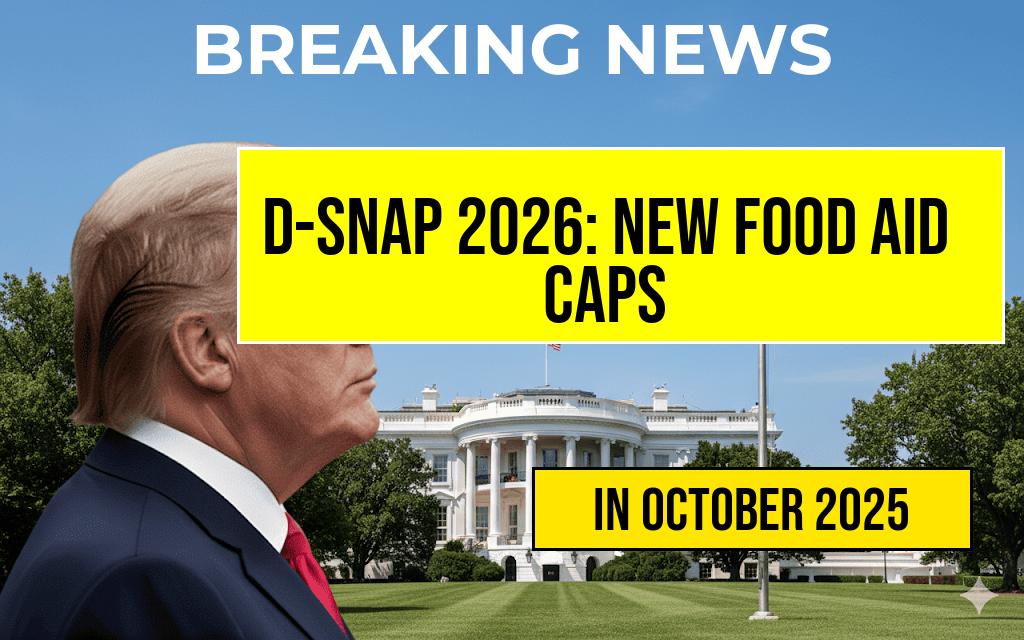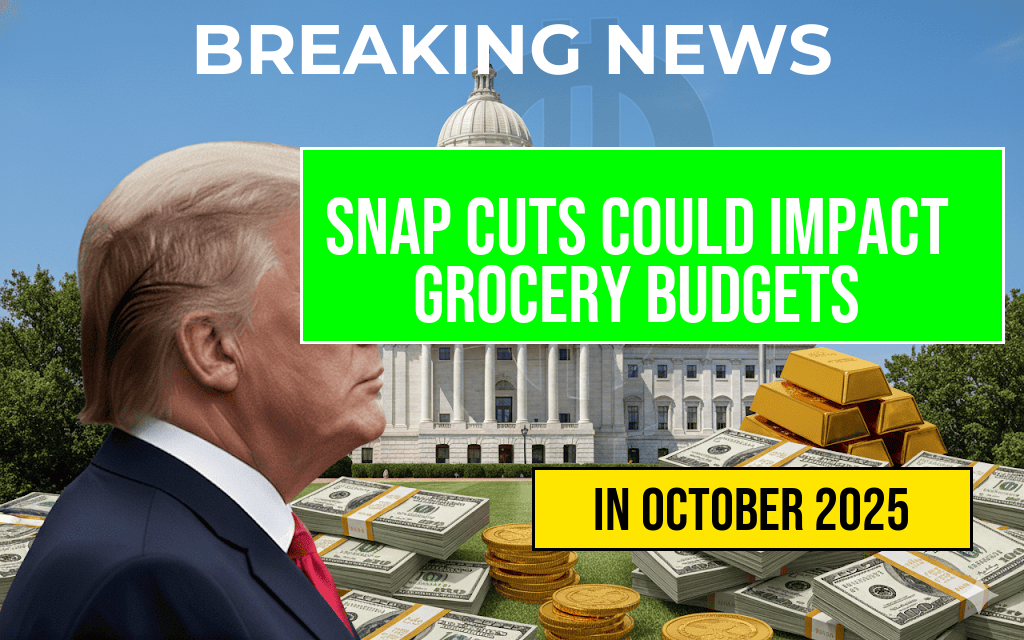States across the United States are beginning to implement changes to the Supplemental Nutrition Assistance Program (SNAP), known colloquially as the “Big Bill” shift. This transition is expected to significantly impact low-income households, potentially costing them as much as $30 billion over the next decade. The changes stem from recent federal legislation aimed at addressing systemic issues within the SNAP program, which provides food assistance to millions of Americans. As states adapt to new regulations, concerns are growing about the long-term financial implications for families who rely on these benefits to meet their nutritional needs.
The Shift in SNAP Funding
The recent legislative changes to SNAP funding have prompted states to reassess their participation and contribution levels. This reform is part of a broader effort to modernize the program, which has been criticized for inefficiencies and inequities. The shift not only alters how federal funds are allocated but also places more financial responsibility on states, leading to potential budgetary shortfalls.
Impact on Households
For many families, the adjustments mean a reduction in monthly benefits, which could exacerbate food insecurity issues across the nation. According to estimates, the cumulative loss in benefits might reach approximately $30 billion over a decade, with the most vulnerable populations feeling the most severe effects.
- Low-income families: These households are expected to be hit hardest as they depend heavily on SNAP for basic nutritional needs.
- Children and seniors: Vulnerable groups such as children and elderly individuals may face increased hunger and health risks due to diminished resources.
- Local economies: A reduction in SNAP benefits could lead to decreased spending in local grocery stores, affecting community businesses reliant on SNAP transactions.
State Responses and Adjustments
As states begin to implement the changes, the responses have varied widely. Some states are ramping up efforts to ensure that eligible families remain enrolled in the program, while others are seeking ways to mitigate the impact of reduced federal funding.
Community Support Programs
In response to these changes, many local organizations and charities are stepping in to fill the gaps left by decreased SNAP benefits. Community support programs are developing initiatives aimed at providing food assistance, nutrition education, and advocacy for families affected by the reforms.
| State | Support Program | Funding Source |
|---|---|---|
| California | Food Bank Partnerships | State Grants |
| Texas | Nutritional Workshops | Federal Assistance |
| New York | Emergency Food Programs | Private Donations |
Long-term Implications
Experts are warning that the long-term implications of these changes could extend beyond immediate financial impacts. There are concerns that reduced SNAP benefits will lead to increased health care costs as food insecurity contributes to a range of health issues, including obesity, diabetes, and mental health challenges.
Advocacy for Policy Change
Advocacy groups are mobilizing to push for policy changes that would mitigate the negative effects of the SNAP transition. These organizations argue that a reexamination of funding formulas and eligibility criteria is necessary to ensure that the most vulnerable populations are adequately supported.
As the situation develops, stakeholders—including lawmakers, community organizations, and affected families—are closely monitoring the outcomes of the SNAP reforms. The future of food assistance programs in the U.S. may hinge on how effectively states can adapt to these changes while continuing to support their residents in need.
For those seeking more information on SNAP and its implications, resources are available through organizations such as the USDA Food and Nutrition Service and the Feeding America network.
As this critical issue unfolds, the focus remains on ensuring that all Americans have access to the resources they need to lead healthy, fulfilling lives.
Frequently Asked Questions
What is the ‘Big Bill’ SNAP shift?
The ‘Big Bill’ SNAP shift refers to recent legislative changes that will alter the Supplemental Nutrition Assistance Program (SNAP), impacting how states contribute to the program and potentially affecting funding levels for households across the country.
How will the SNAP shift affect households financially?
Households may face a potential cost increase of up to $30 billion over the next decade due to these changes, which could lead to reduced benefits for many families relying on SNAP for food assistance.
Which states are contributing to the SNAP changes?
Currently, several states are involved in the contribution process as part of the ‘Big Bill’ initiative. The specific states participating may vary, but they are collectively working towards implementing the new funding framework.
What are the potential long-term impacts of the SNAP shift?
The long-term impacts of the SNAP shift could include significant reductions in food security for low-income households, increased strain on state budgets, and potential shifts in how food assistance is administered across the nation.
How can households prepare for the changes in SNAP?
Households can prepare by staying informed about the changes in SNAP benefits, exploring other food assistance programs, and budgeting accordingly to manage any potential decreases in their SNAP allocations.







